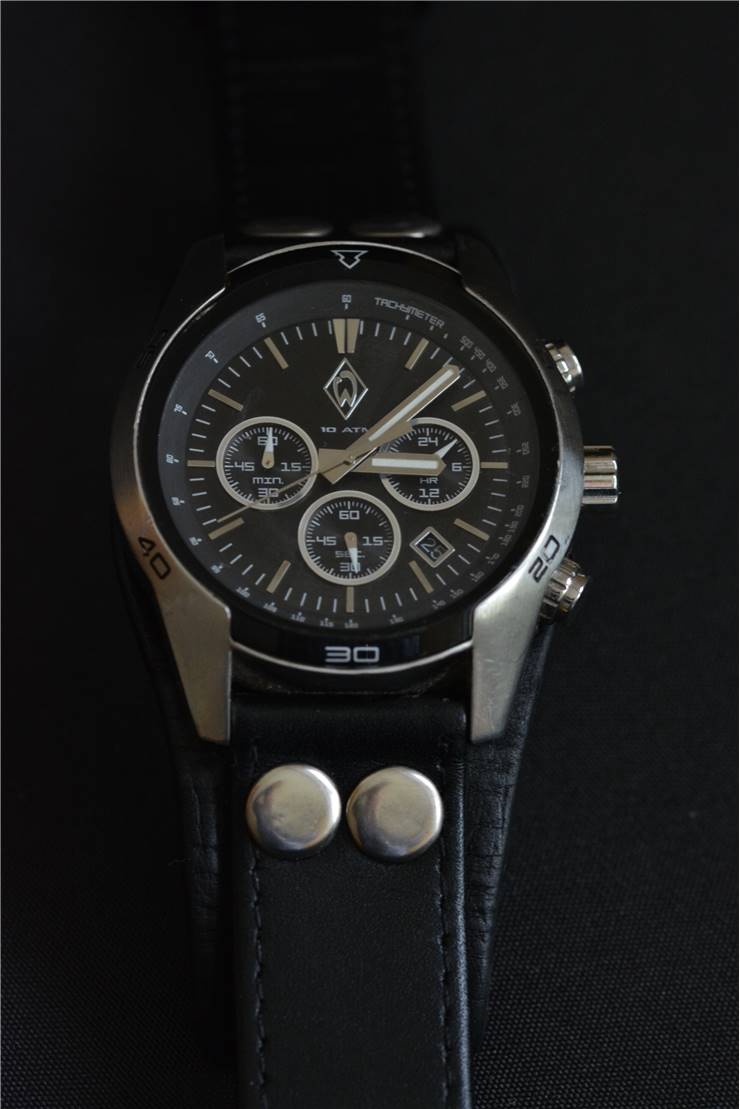Chronograph – History of Different Types of Chronographs
Chronograph is a type of watch that is a combination of a timekeeping display watch and a stopwatch. The stopwatch is a timing device designed to measure the amount of time between activation and deactivation of the device. If we want to measure time we need to stop, reset and restart the chronograph. Chronograph has hands to measure hours, minutes, seconds and tenths of a second.
The start button is generally located at two o’clock position. We need to push a start button to begin recording time and push it again to stop recording time. When start button is pressed, three train wheels start turning. They have revolution time of second, minute and hour.

Chronograph represents an old world craftsmanship as well as real word utility. Besides date function chronograph became one of the most used features on a wrist watch.
The name is a combination of Greek words chronos, meaning time and graph meaning write. The first ancient model had actual writing with a pen on hand marking the past time.
Need of the first chronographs was constantly moving.
In 1816, the first modern model of chronograph was made by Louis Moinet to track astronomical objects. In 2013, the history of watchmaking was rewritten. Moinet’s work was dispersed, but researchers identified many of his work.
In 1821, the first commercialized model of chronograph was made by Nicolas Mathieu Rieussec. King Louis XVIII liked horse races, wanted to measure the time of the race and ordered Nicolas to make this kind of the watch. In 1844, Adolphe Nicole made a re-setting feature.
Before, chronographs had mono-pusher, a button integrated into the crown that started, stopped and reset the time.
In 1923, Léon Breitling’s company, based on his ideas, applied first independent push-piece on the chronograph. In this way, the stop/start feature was separated from resetting. This pusher was placed at 2 o’clock and allowed that successive times could be added up.
In 1934 the reset pusher was separated and placed at 4 o’clock.
Self-winding or automatic watch’s mainspring is wound automatically from the motion of the wearer’s arm. In 1969 an automatic chronograph was made by Seiko, Zenith, Breitling and Heuer. They depend on the kinetic energy as its power source.
Digital chronograph uses quartz for timing and battery for power.
In the 20th century, chronographs were made with tachymeter scale. It can have tachymeter mask around the rim of the watch. Tachymeter scale is used to calculate a speed based on travel time and distance based on speed. For example, it can determine average speed over one kilometer or one mile.
Some chronographs can have pulsometer that determinates the heart’s pulse rate. It is invented for medical purpose and can be combined with a stethoscope.
Chronograph can have tourbillon element in the mechanism that minimizes the effects of gravity and maximizes precision.
Rattrapante feature or double chronograph includes two separate stopwatch mechanism. We can measure two separate events of different duration.
Flyback feature made it possible that second hand could be rapidly reset to zero without the need to first stop the chronograph.
The use of chronograph is in diving, submarine navigation, car racing, and piloting airplanes. In diving, it is used to mark the extent of time allowed to be under water and to know how much time remains for safe diving.
The interesting story happened in 1970 when Apollo 13 had a fatal failure; all onboard computers failed, but astronauts were able to recalculate their reentry to earth and had a safe splashdown.
